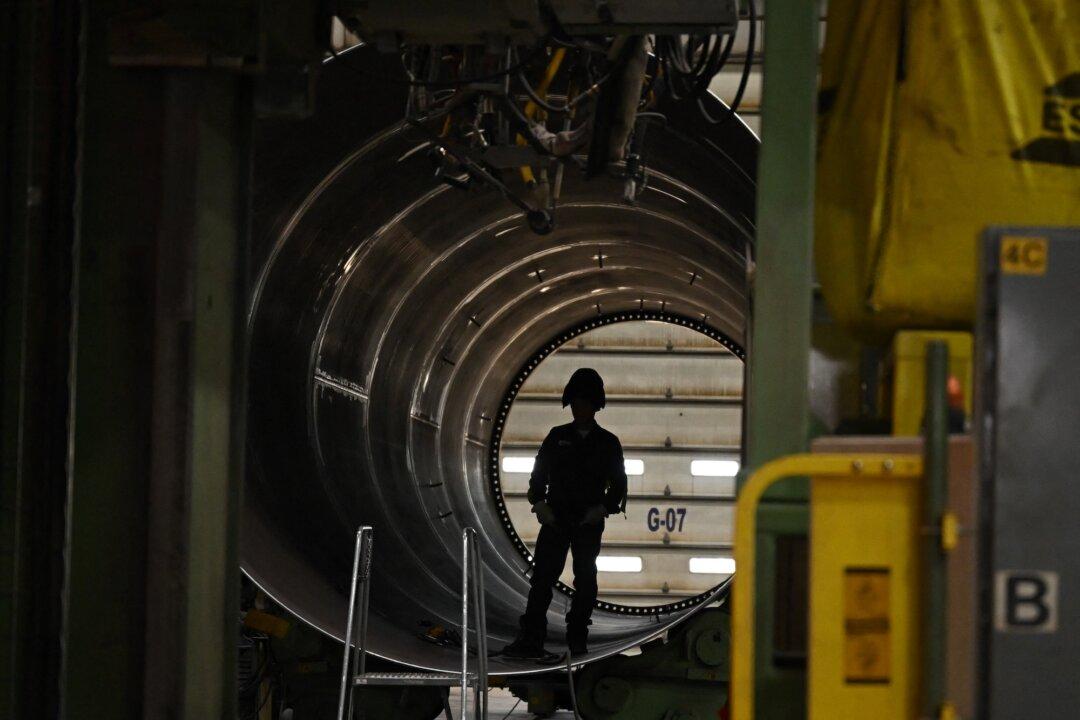America’s manufacturing sector remained entrenched in recession in September, with the latest data from both the Institute for Supply Management (ISM) and S&P Global revealing a steepening decline in factory employment, casting a shadow over the already weakening labor market.
Employment cuts by manufacturers accelerated in the past month, with the ISM’s employment index dropping two points, to 43.9 percent, as companies surveyed by ISM indicated that they were looking to “right-size” workforces to align with weaker demand, according to data released on Oct. 1.





